Two LEDs are soldered together in anti-parallel and facing each other, by bending one lead on each by 180º. This unit forms one edge of the polyhedron.
The free leads each form part of a vertex. By building the appropriate number of edge segments and soldering them together, a 3-dimensional polyhedron is created.
The microcontroller is suspended in the center of the shape by attaching each vertex of the polyhedron to one IO pin on the μC using a fine strand of wire.
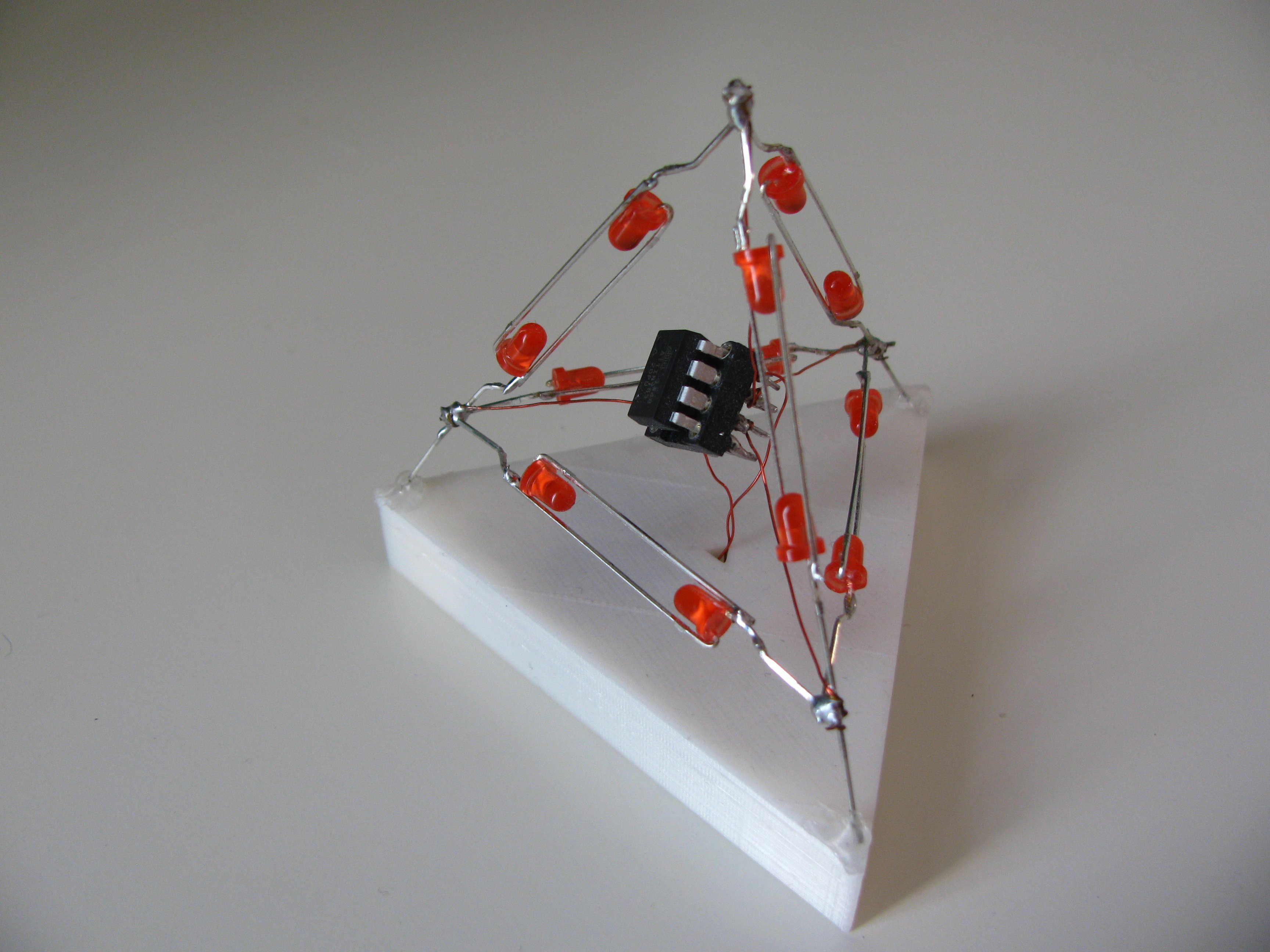
The following schematic shows the arrangement of the LEDs and the IO pin assignments for the LED tetrahedron.
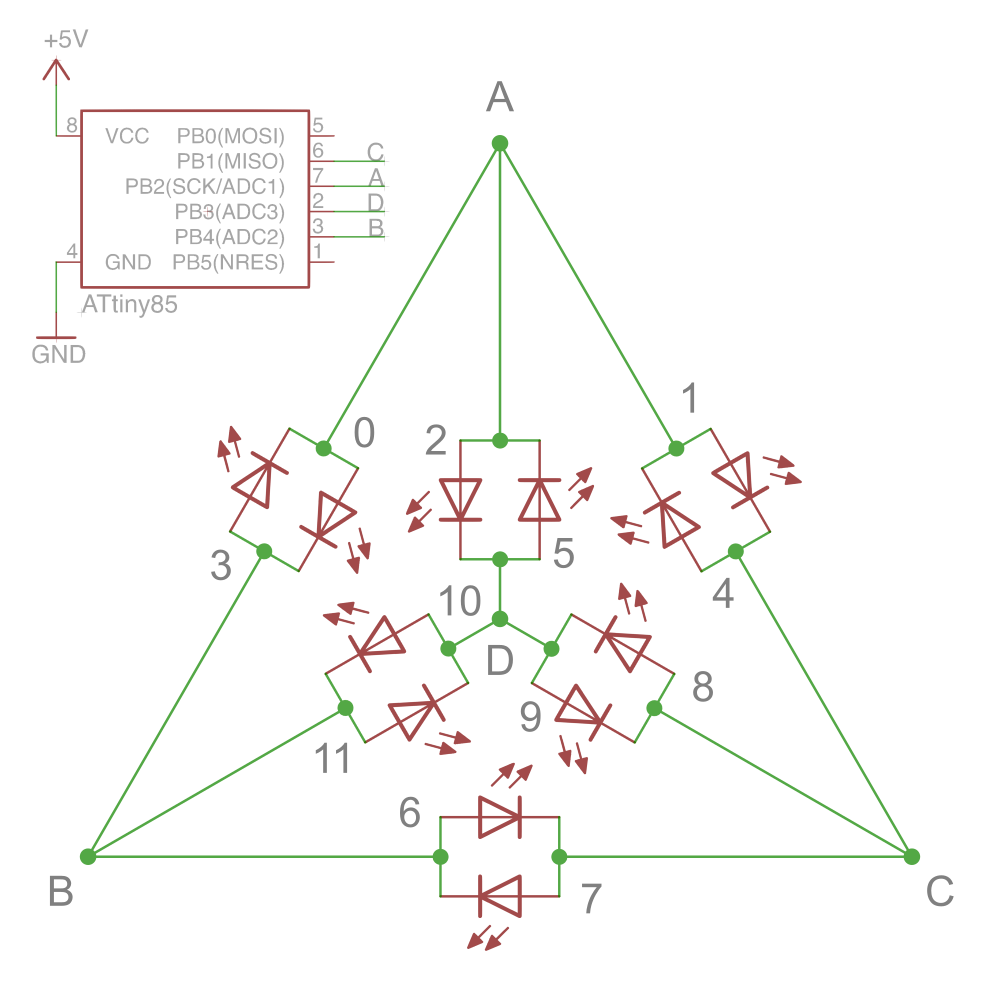
I have only built a tetrahedron (the smallest platonic solid) so far. If you want to try a larger one, here is an overview of what you need:
| Faces | Edges | Vertices | LEDs | IOs | μC | |||
| Tetrahedron |  | 4 | 6 | 4 | 12 | 4 | ATtiny*5 | |
| Cube |  | 6 | 12 | 8 | 24 | 8 | ATtiny*313 | |
| Octahedron |  | 8 | 12 | 6 | 24 | 6 | ATtiny*313 | |
| Dodecahedron |  | 12 | 30 | 20 | 60 | 20 | ATmega*8 | |
| Icosahedron |  | 20 | 30 | 12 | 60 | 12 | ATtiny*313 |
* Source; awesome graphics by DTR, CC BY-SA 3.0

The idea of building this came from JSK during 31C3 in Hamburg, and I set out to build it on the very same day. One night of soldering and programming later, and the tetrahedron was up and blinking :-)
 Daniel
Daniel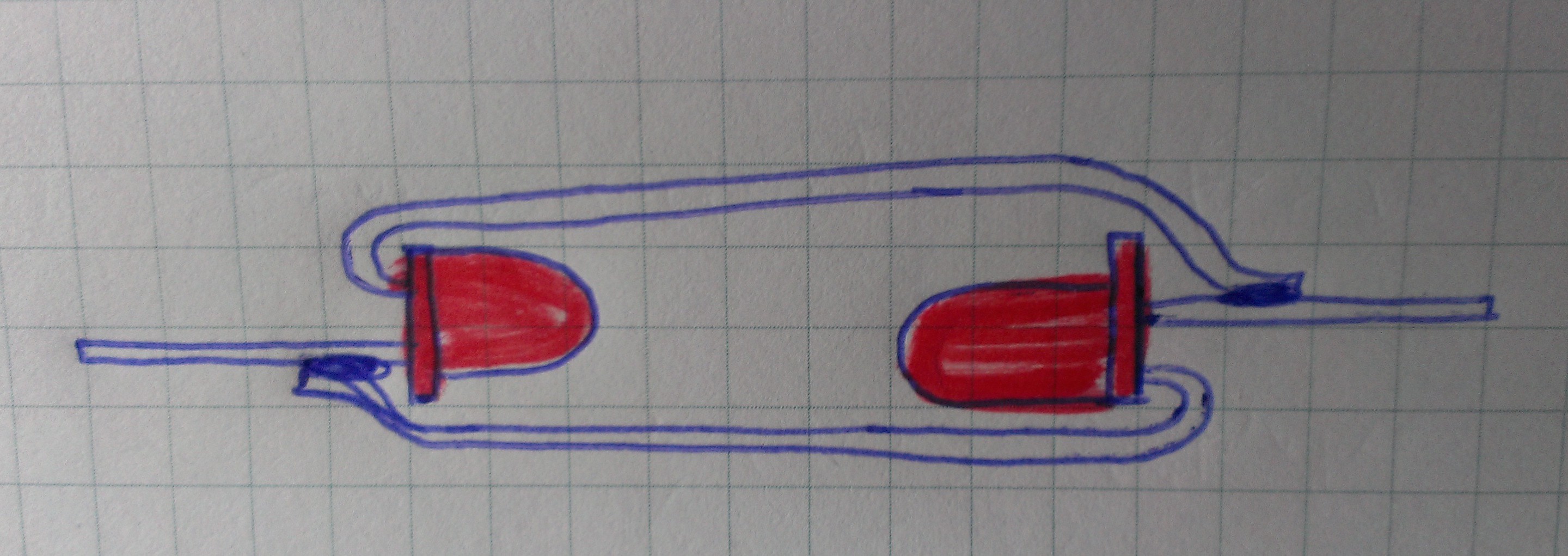
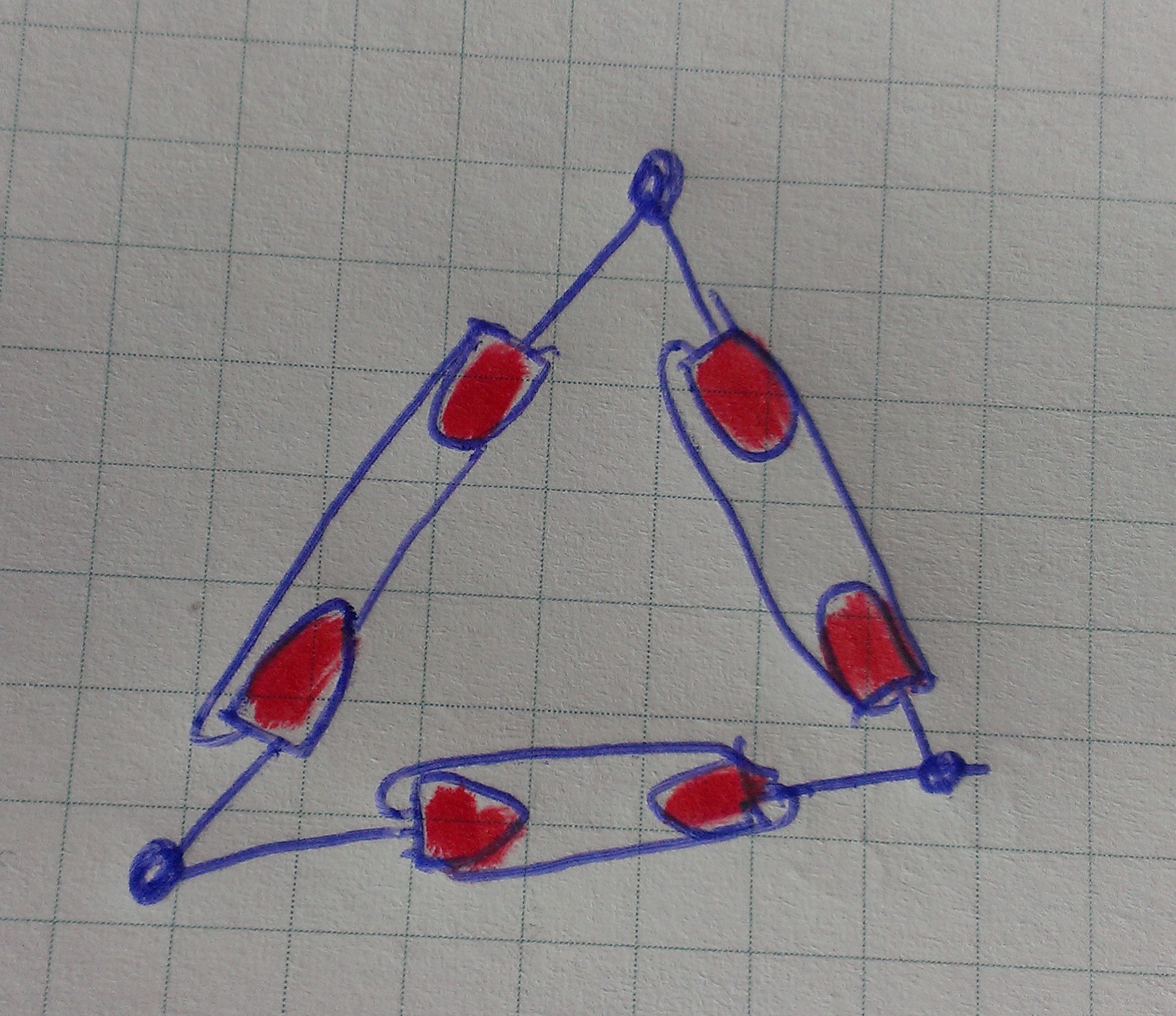
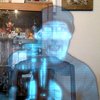


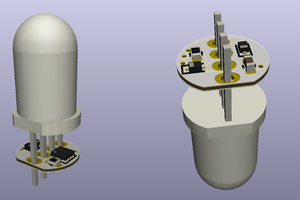
 Sam Ettinger
Sam Ettinger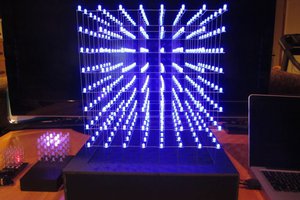
 Hari Wiguna
Hari Wiguna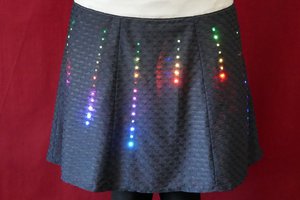
 makeTVee
makeTVee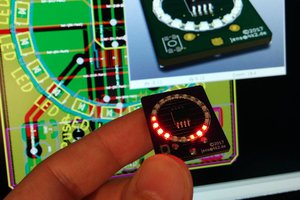
 Jens Hauke
Jens Hauke
Hey.. I want to build this with ATTiny85.
but i dont have & understand duino things, do you have the hex file for the tetrahedron?